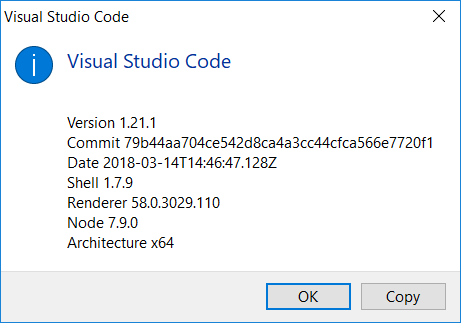

To increase this size and view larger images, open settings by pressing Ctrl+Alt+S, navigate to Tools | | Data Editor and Viewer, and change the value of the Maximum number of bytes loaded per value option. It means that only 1024 bytes are loaded to the table editor. Note that to leverage the performance issues, the default LOB size is limited to 1024 bytes. This action formats one-line XML and JSON strings.Īlso, you can preview images in the value editor. If you store one-line JSON in a cell, you can click the Toggle Formatting icon. To enable soft wrap in the editor by clicking the Toggle Soft-Wrap button. To restore an initial value and quit the editing mode, press Escape. To edit the value in Value editor, do the following: To open Value editor, in the cell context menu select Open in Value Editor. Value editor is a separate editor where you can edit data that is stored in the cell. Right-click the table and select Reload Page from the context menu. Or, when you want to apply the page size limit setting after its change.Ĭlick the Reload Page icon on the toolbar. You need to reload data for the table view if you want to synchronize the data that you see in the editor with the contents of the database. To preview the query, click the Preview Pending Changes button ( ) on the toolbar. When you insert, delete, or modify data in a table editor, you can preview the query that AppCode uses to perform selected operations. To close the pane where the query is shown, press Escape. If necessary, you can select the query text and copy it to the clipboard by pressing Ctrl+C. To see the query that was used to generate the result table, click the Show Options Menu icon ( ) and select View Query. View the query that generated the result set

To transpose a table, a view, or a virtual view click the View as button ( ) and select Transpose. You can combine the transpose action with other viewing modes.

In the transposed view, the rows and columns are interchanged. You can rotate the table data from rows to columns and from columns to rows. Transpose a table, a view, or a virtual view Text: viewing mode in which data is displayed as a text. You might consider using this mode to work with JSON and array data. Data from the expanded children node is distributed between key and value columns. Tree: viewing mode in which data is displayed in the key-value table with the possibility to expand the key cell if it contains children nodes. Data in a table is stored in a cell that is an intersection of a vertical column and horizontal row. Table: the default viewing mode of table data. When this option is enabled, query results are not transposed. To make this mode a default for tables and views, open settings by pressing Ctrl+Alt+S and navigate to Tools | Database | Data Views and select the Automatically transpose tables. You can combine this checkbox with other viewing modes. Transpose: viewing mode in which rows and columns are interchanged. To switch between these modes, click the View as button ( ) and select the mode that you need. You can browse and edit table data in three modes: Table, Tree, Text, and Transpose.
APPCODE WATCHKIT TABLE WINDOWS
When you double-click a table in the Database tool window ( View | Tool Windows | Database), the table, view, or virtual view opens in the data editor.


 0 kommentar(er)
0 kommentar(er)
